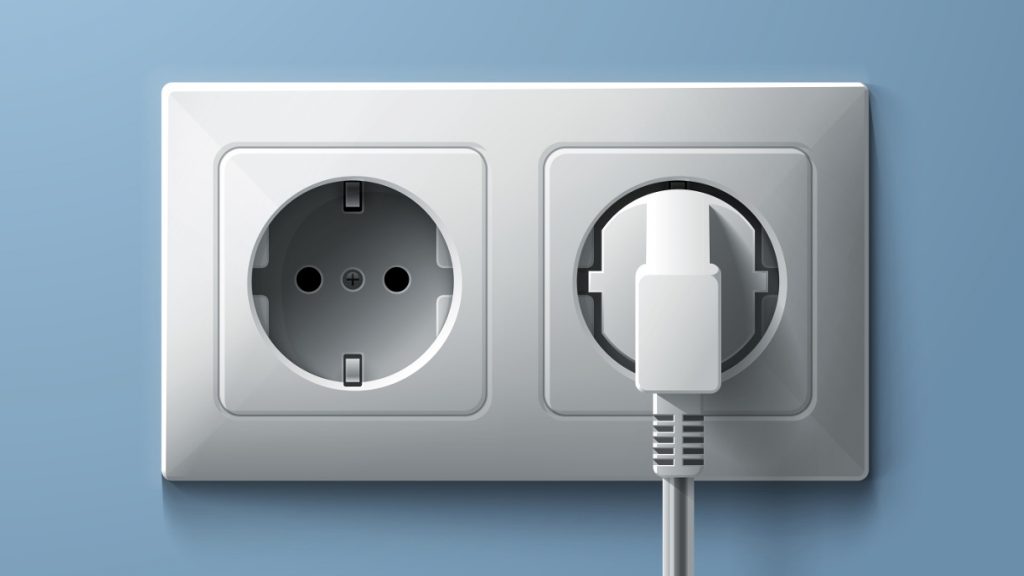Image Source: Google
Electricity is an indispensable part of our daily lives, powering everything from our smartphones to our homes. One crucial component of electrical systems is the AC power plug and socket, which allows us to connect our devices to the power supply safely and efficiently. Over the years, these plugs and sockets have evolved significantly, becoming safer, more standardized, and more efficient. Let's explore the journey of AC power plugs and sockets from their inception by Thomas Edison to the modern innovations we use today.
The Early Days: Thomas Edison and the Birth of AC Power
When Thomas Edison first introduced electricity to homes and businesses in the late 19th century, he also created the first electrical sockets and plugs. These early designs were rudimentary and lacked the safety features we see in modern plugs and sockets. Edison's direct current (DC) system required different types of plugs and sockets compared to the alternating current (AC) system that eventually won out due to its efficiency in power distribution over long distances.
Key points:
- Early electrical sockets and plugs were not standardized.
- Thomas Edison's DC system used different plugs and sockets compared to the eventual AC system.
- Early designs lacked safety features present in modern plugs.
The Birth of Standardization: The Creation of the NEMA Standards
As electricity became more widespread, the need for standardized plugs and sockets became apparent. In the early 20th century, the National Electrical Manufacturers Association (NEMA) was founded to establish standards for electrical equipment, including plugs and sockets. The NEMA standards helped ensure compatibility and safety across different devices and power sources.
Key points:
- The NEMA standards were established in the early 20th century.
- NEMA standards ensured compatibility and safety across electrical devices.
- Standardization reduced the risk of electrical accidents and improved efficiency.
Global Harmonization: The IEC and the Push for Universal Standards
While NEMA standards helped standardize plugs and sockets in the United States, the rest of the world was still using a variety of incompatible designs. To address this issue, the International Electrotechnical Commission (IEC) was founded to promote global standardization of electrical systems, including plugs and sockets. The IEC's efforts led to the creation of the IEC 60906-1 standard for AC plugs and sockets, which helped harmonize electrical systems worldwide.
Key points:
- The IEC was established to promote global standardization of electrical systems.
- The IEC 60906-1 standard helped harmonize AC plugs and sockets worldwide.
- Global standardization reduced costs for manufacturers and improved user convenience.
Modern Innovations: Advancements in Safety and Efficiency
In recent years, there have been significant advancements in the design of AC power plugs and sockets to improve safety and efficiency. One notable innovation is the addition of grounding pins to three-prong plugs, which provide an extra level of protection against electrical shocks. Another important development is the use of polarized plugs, which ensure that the plug is inserted into the socket in the correct orientation.
Key points:
- Grounding pins in three-prong plugs provide extra protection against electrical shocks.
- Polarized plugs ensure proper orientation when inserting into sockets.
- Modern plugs and sockets are designed to be more durable and long-lasting.
The Future of AC Power Plugs and Sockets: Wireless Charging and Smart Grids
Looking ahead, the future of AC power plugs and sockets is likely to involve wireless charging technologies and integration with smart grids. Wireless charging eliminates the need for physical plugs and sockets, allowing devices to charge simply by being in proximity to a charging station. Smart grids will incorporate advanced communication and control technologies to optimize energy use and improve efficiency in power distribution.
Key points:
- Wireless charging technology eliminates the need for physical plugs and sockets.
- Smart grids will enhance energy efficiency and optimize power distribution.
- The integration of renewable energy sources will drive further innovation in AC power systems.
Conclusion
The evolution of AC power plugs and sockets from the early days of Thomas Edison to the modern innovations of today has been marked by a focus on safety, efficiency, and standardization. Through the efforts of organizations like NEMA and the IEC, electrical systems have become more reliable and user-friendly across the globe. As we look to the future, wireless charging and smart grid technologies promise to revolutionize the way we interact with electricity, paving the way for a more sustainable and interconnected world.
